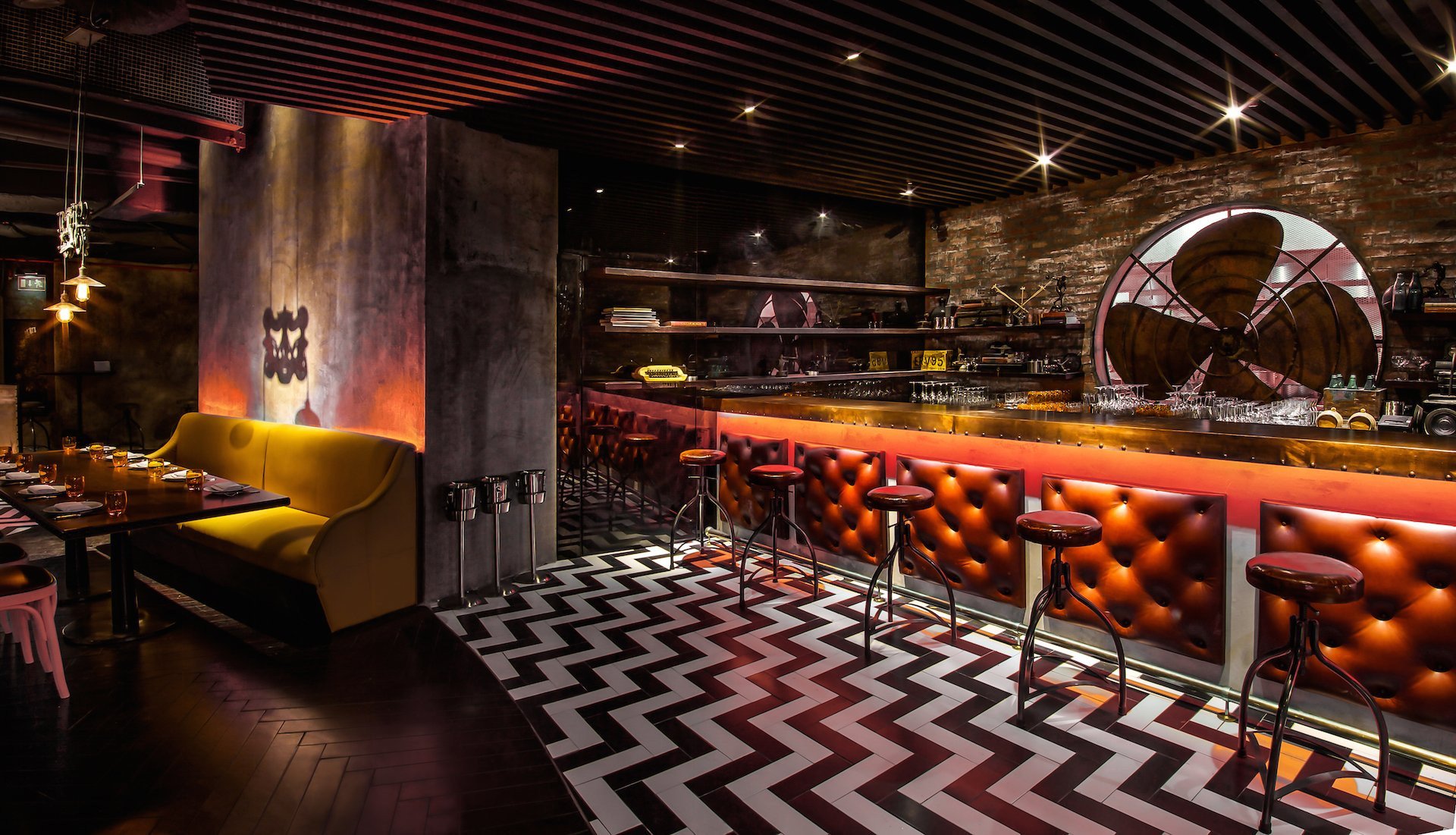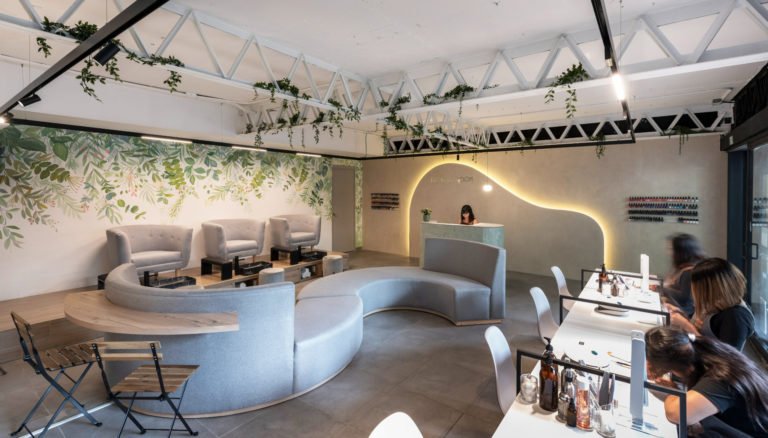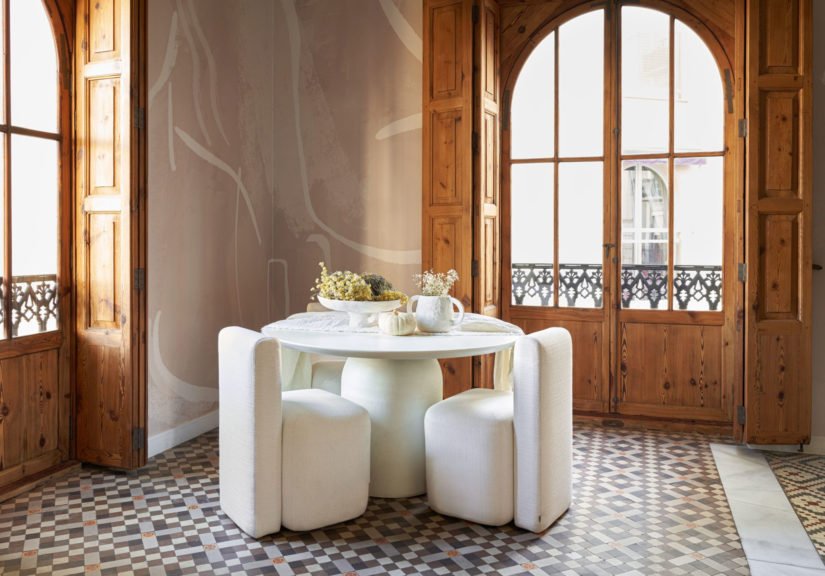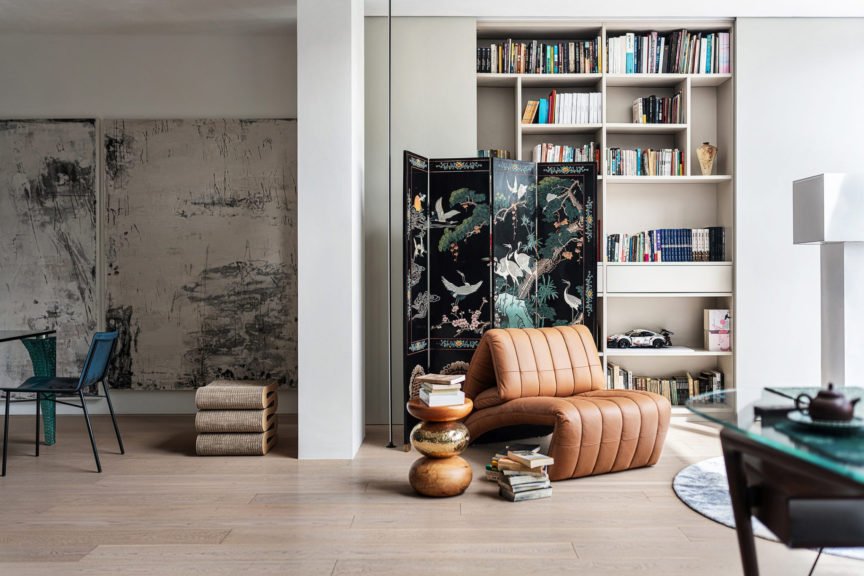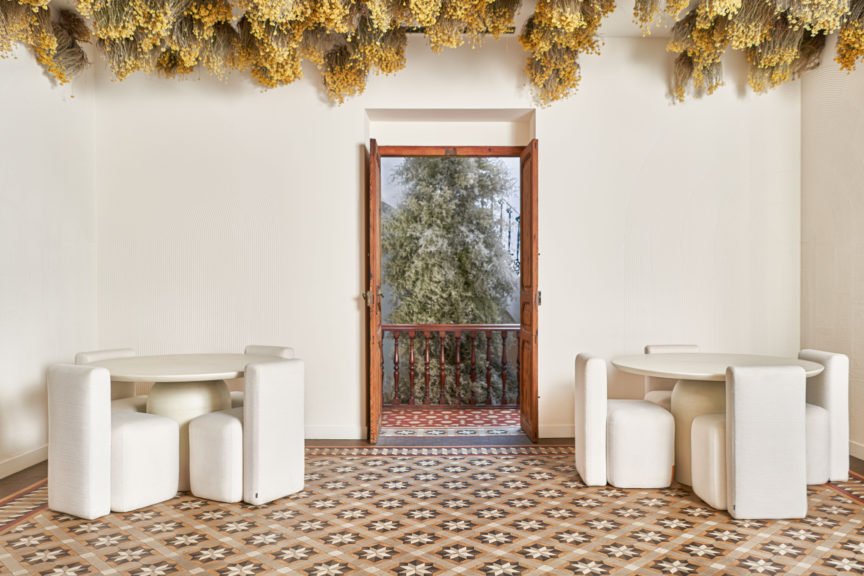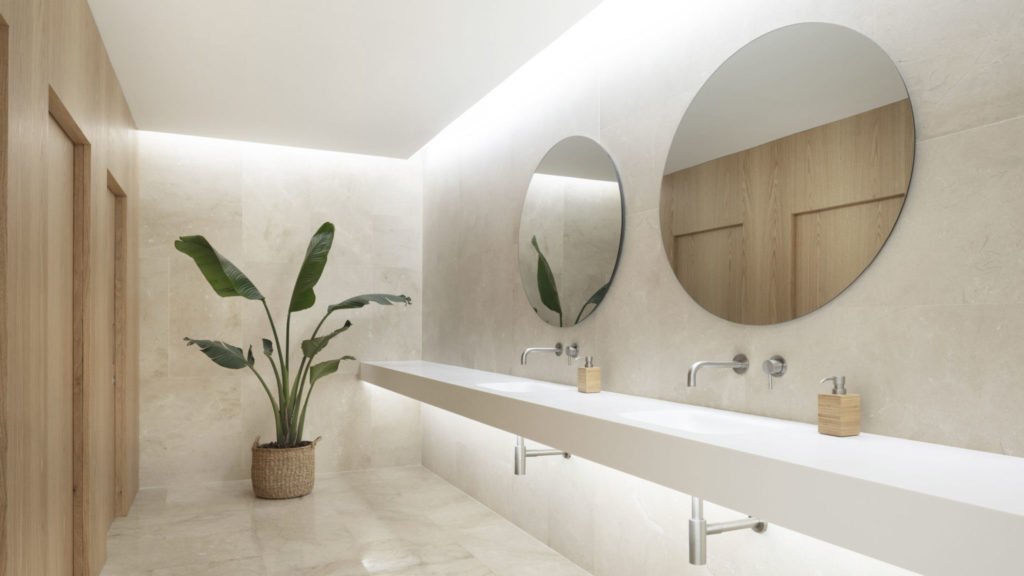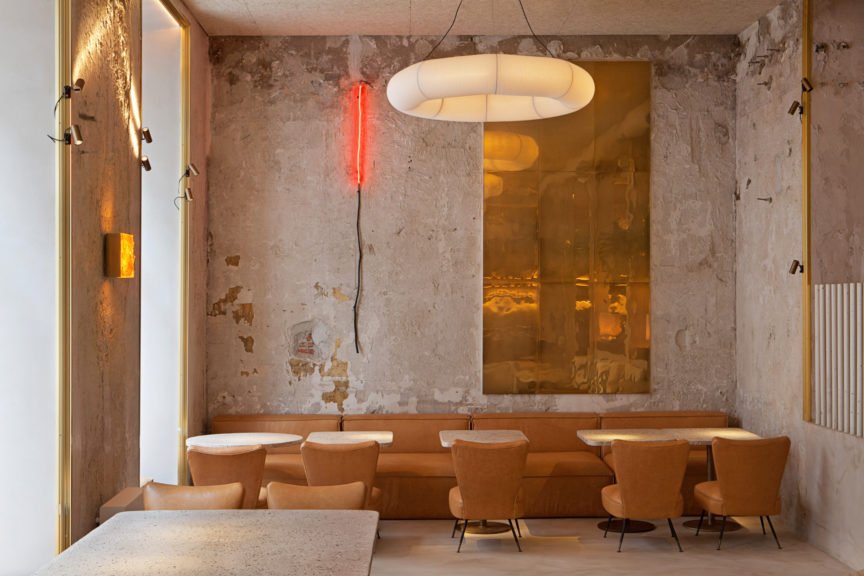Industrial interior design is “authenticity” personified. Governed by the ideology of form follows function, it showcases truth to material and appearance. Therefore, the idea of adornment in an industrial setting is more simple, minimalistic, and purpose-driven. Emerging from the intent of appreciating natural aesthetics, industrial interiors are globally loved for their innate originality.
What is Industrial Interior Design?
The industrial interior design style draws inspiration from old warehouses, factories, and industrial spaces, transforming them into inviting and functional living or working environments. At its core, this design aesthetic cherishes raw and unrefined elements such as exposed brick walls, concrete floors, steel beams, and industrial lighting fixtures.
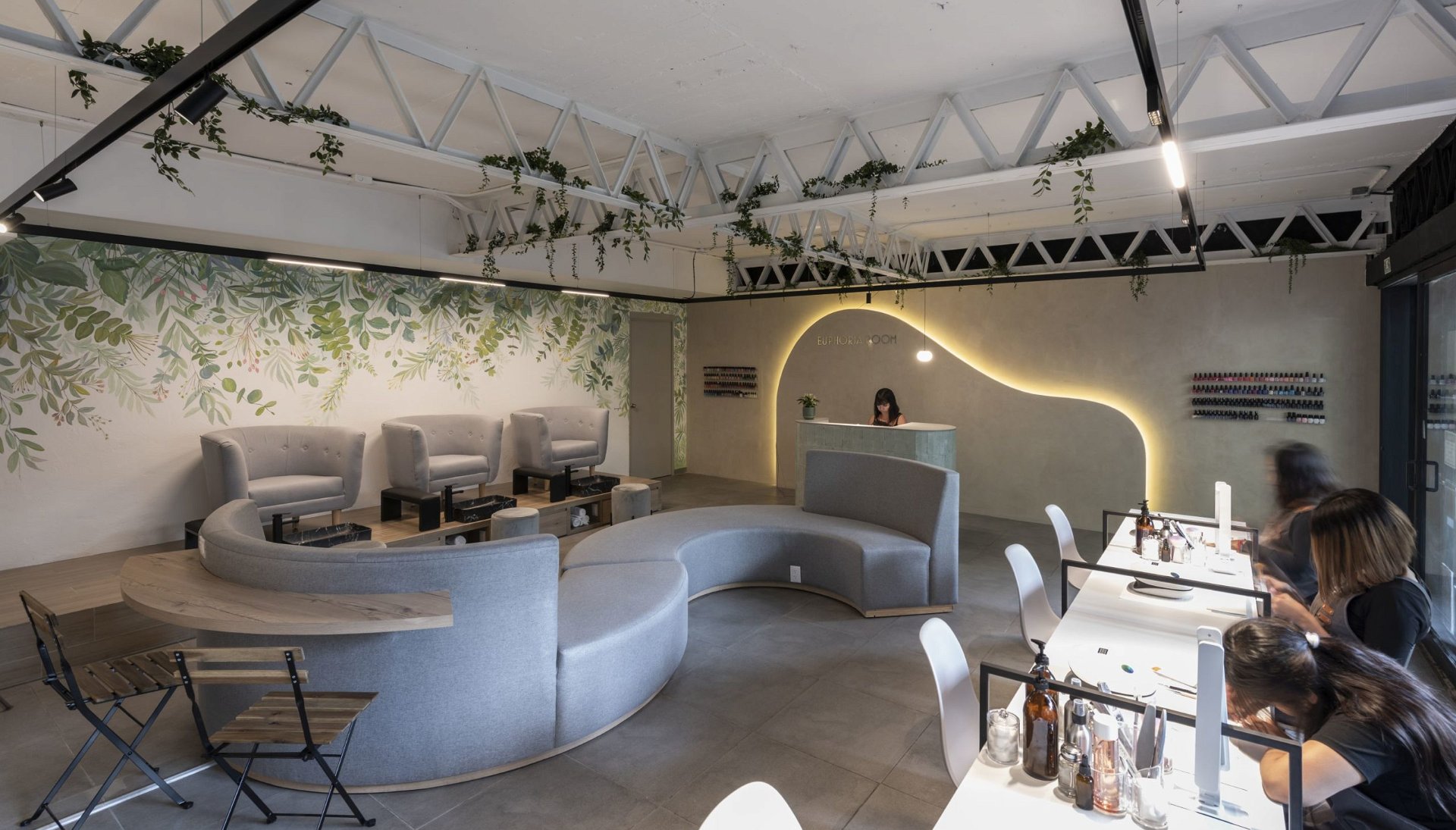
Euphoria Beauty Salon, México by HO Arquitectura de Interiores | Photography Credits: Jaime Navarro
The History of Industrial Interior Design
The emergence of the industrial interior design style can be credited to the industrial revolution that began in the late 18th century. Factories and warehouses surfaced across Europe and the United States, featuring large, open spaces with utilitarian materials such as exposed brick, steel, and concrete. This function-oriented design was driven by the need to accommodate machinery and production processes efficiently. However, initially, this design style was largely restricted to commercial and infrastructural spaces.
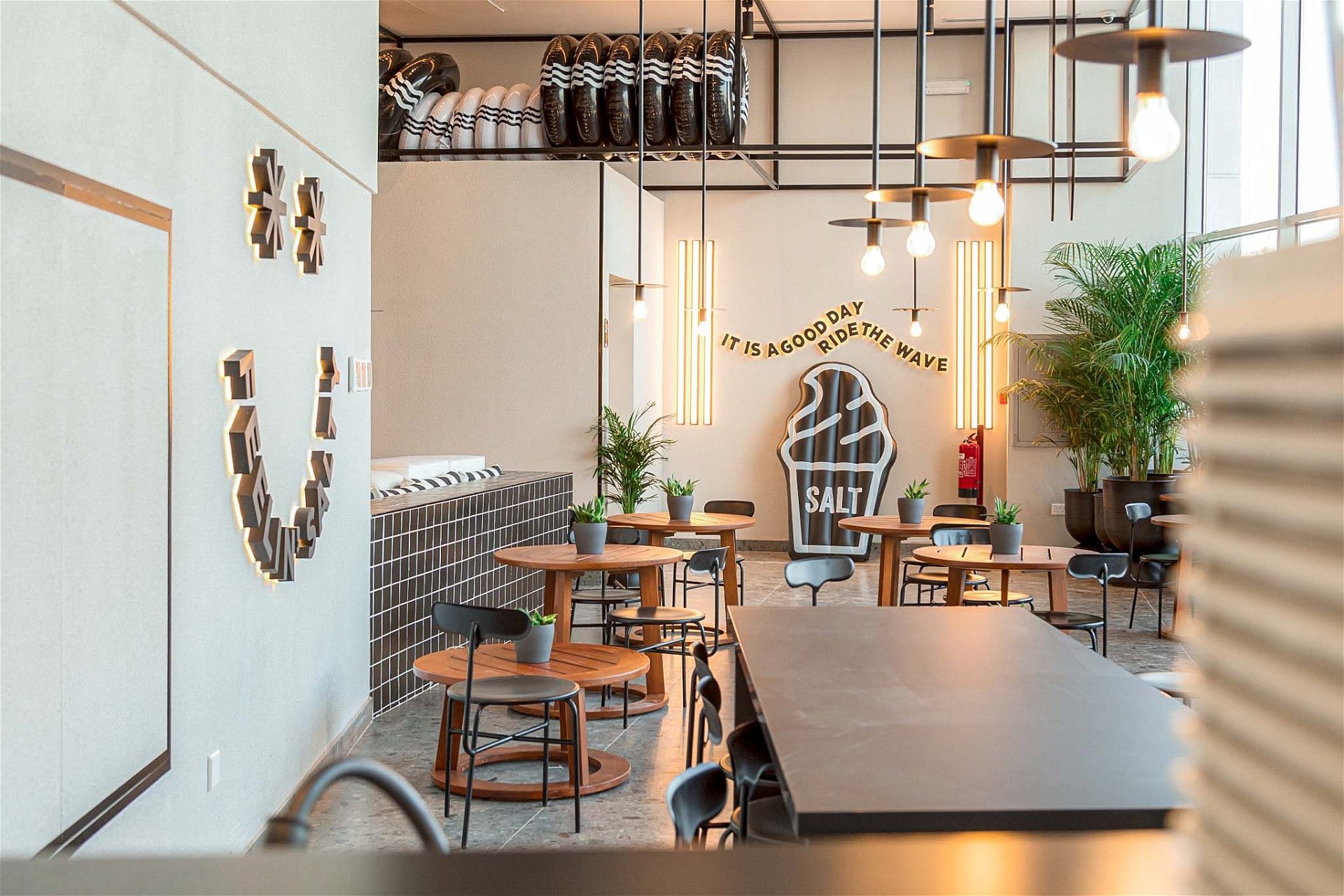
But by the mid-20th century, industrial aesthetics started seeping into residential design. The 1960s and 1970s saw the emergence of loft living, where old factories and industrial buildings were transformed into trendy urban residences. Today, industrial interior design has evolved into a versatile and highly sought-after style. While it continues to celebrate the raw beauty of industrialism, it now embraces a wide range of influences, from modern minimalism to vintage chic, making it a timeless and adaptable design choice for a variety of spaces.
Key Features for Industrial Interior Design
Industrial aesthetics offer a unique blend of history, ruggedness, and urban sophistication. Let’s have a closer look at how this interior design style is characterized.
1. Rustic Finishes
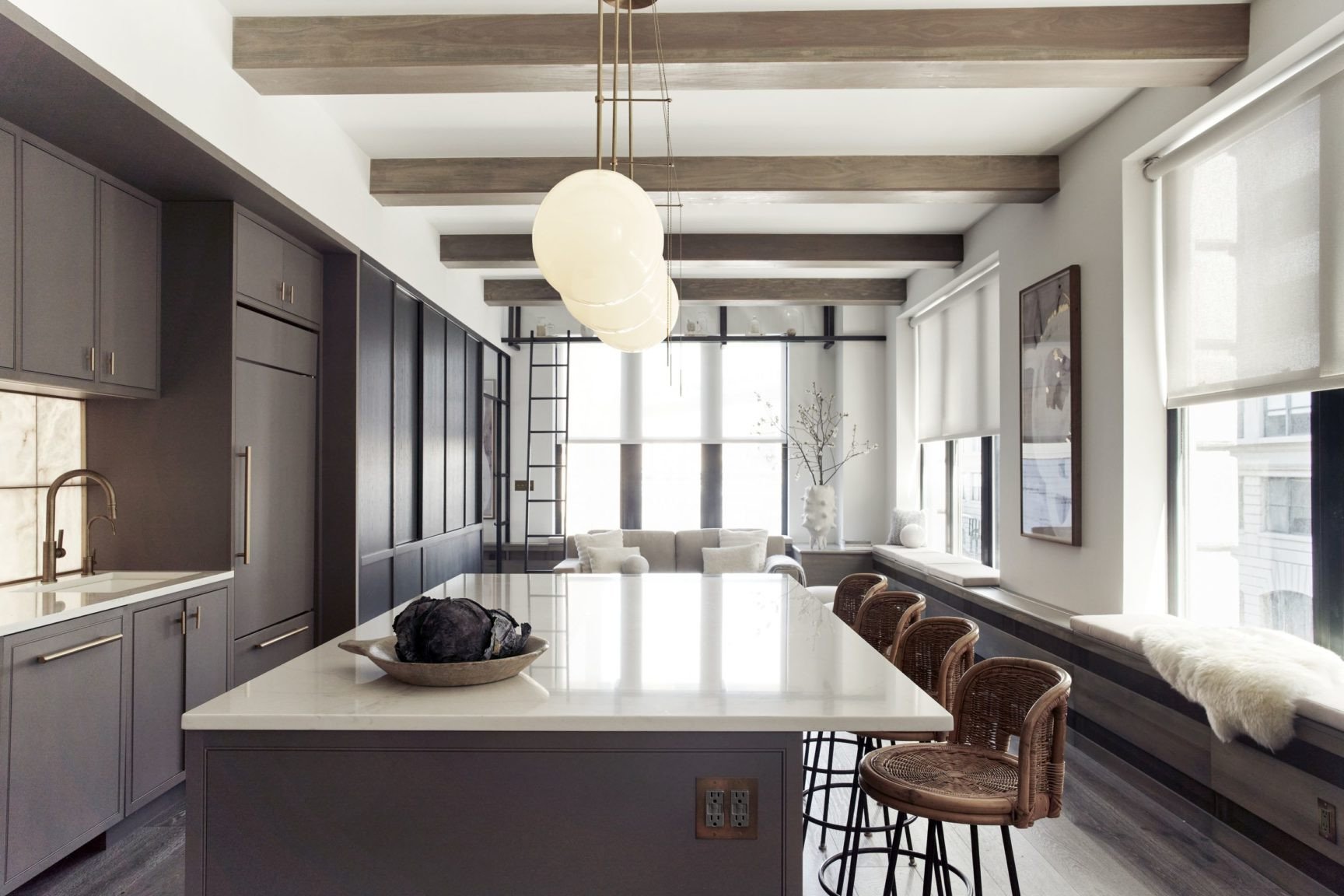
30 Main Dumbo Loft, New York by Megan Grehl & Re-ad | Photography Credits: Zack DeZon
At the heart of industrial interior design style lies a profound appreciation for raw materials and textures. Exposed brick walls, weathered wood, and rough concrete floors take center stage. The interplay of these unrefined materials adds depth and character to the space, creating a tactile and visually appealing environment.
2. Open Floor Plans
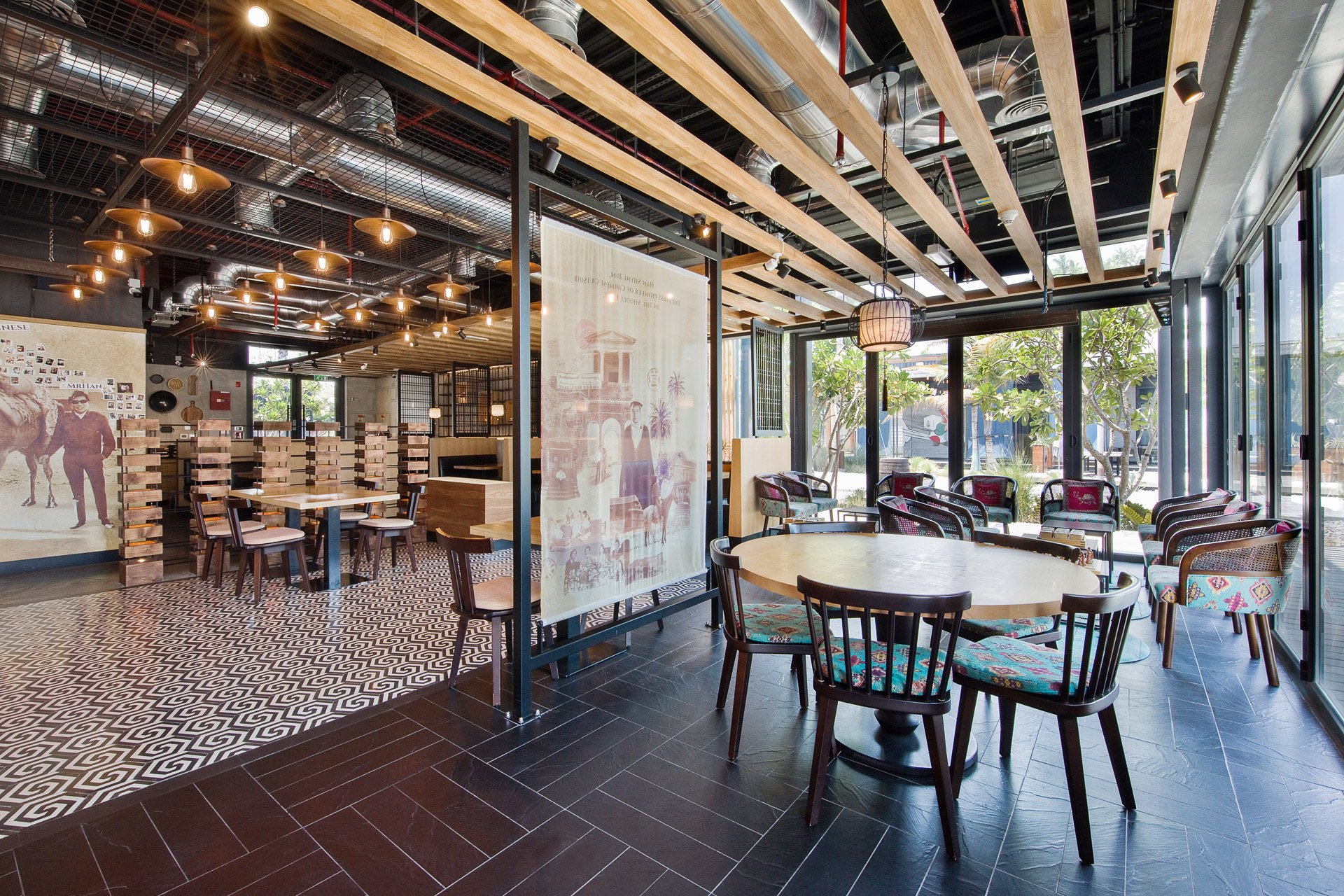
Industrial interiors are known for their open and airy layouts, a reflection of the vast warehouses and factories they draw inspiration from. High ceilings, large windows, and minimal partitioning contribute to the sense of spaciousness. This open design invites an ample amount of natural light indoors, aiding the creation of a welcoming atmosphere.
3. Exposed Structural Elements
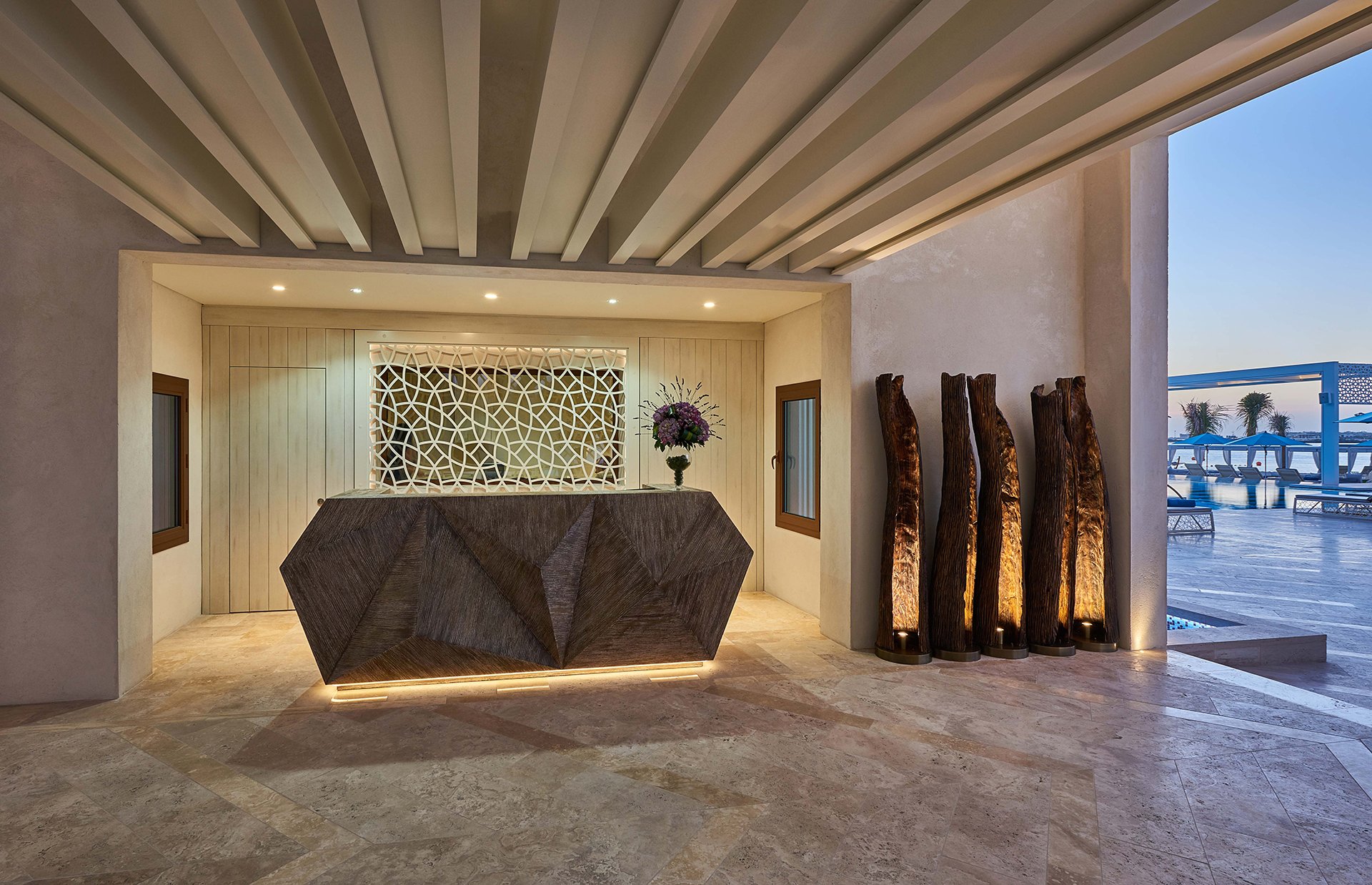
One of the defining features of industrial style interiors is the deliberate exposure of structural elements. Beams, ductwork, and pipes are left visible and unadorned to serve as functional and architectural elements. These exposed structures not only add an industrial edge to the space but also highlight the authenticity and history of the building.
4. Achromatic and Pastel Color Palette
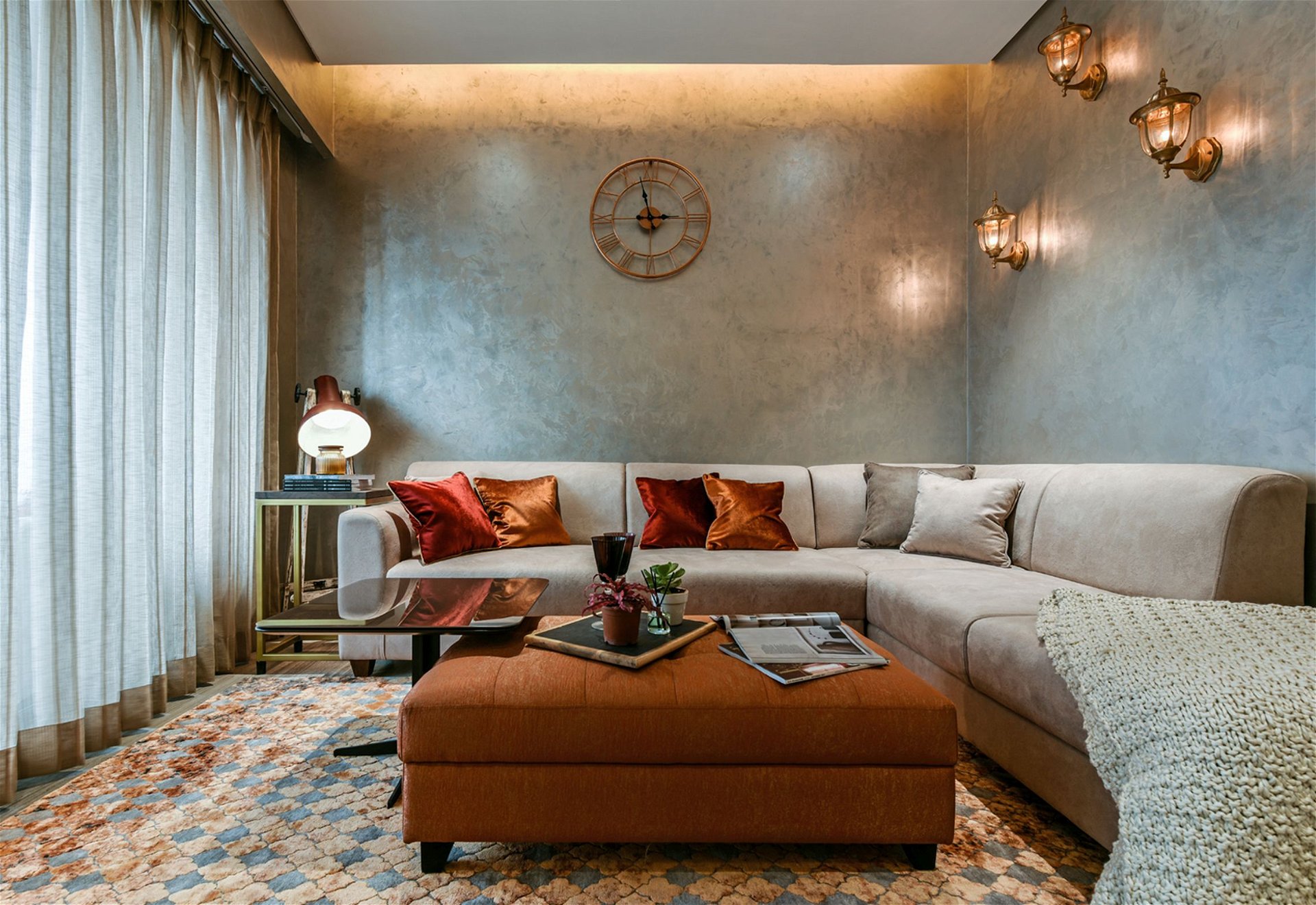
The Cosmopolitan Haven House, Mumbai by The Little Details| Photography credits: Prashant Bhat
Industrial interior design typically favors a neutral color palette, often featuring shades of gray, black, white, and earth tones. This understated color scheme provides a versatile backdrop for other design elements to shine. While neutrals dominate, the occasional pop of bold colors or metallic accents can add visual interest and vibrancy.
5. Utilitarian Furniture
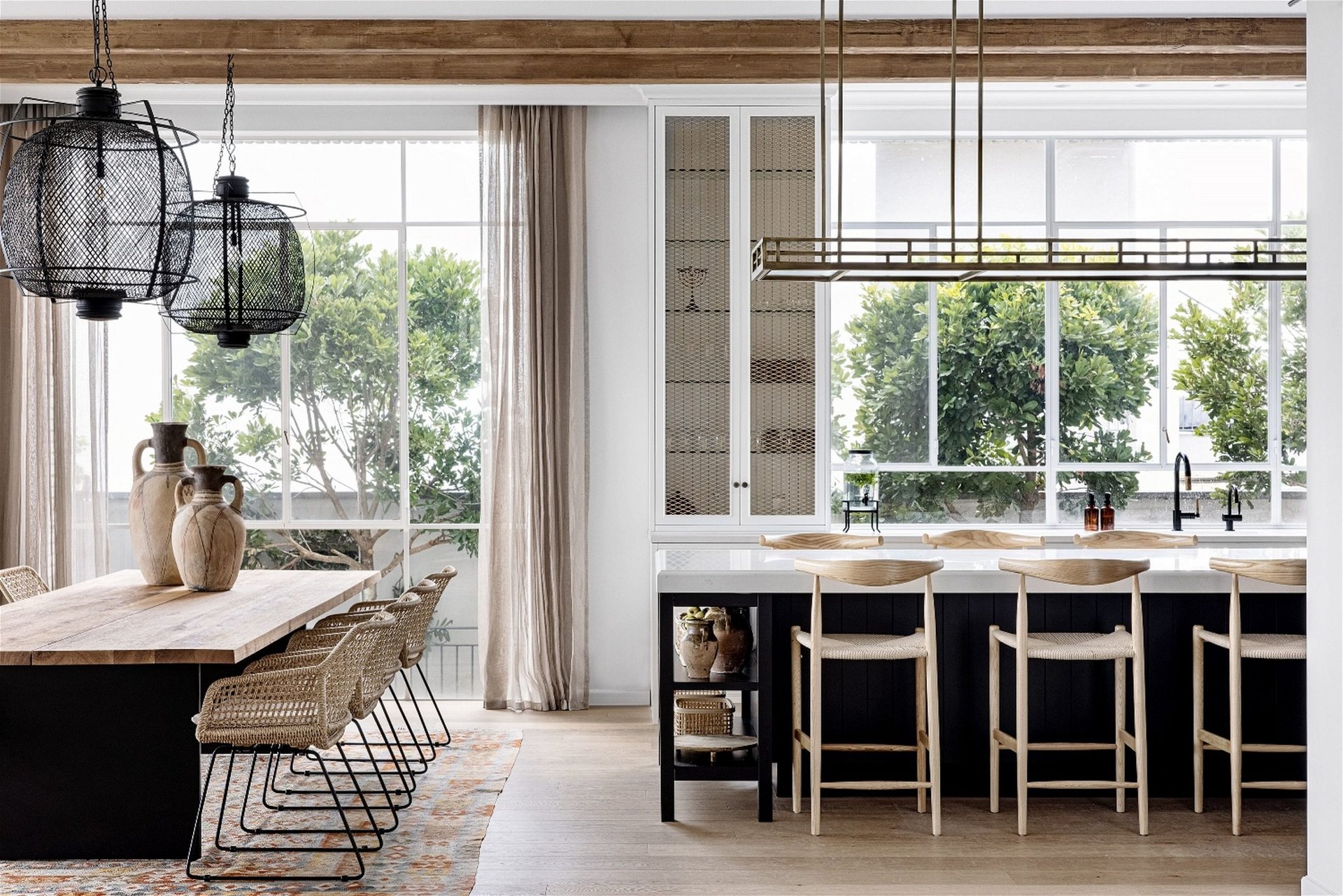
Village Home, Israel by Sara and Nirit Frenkel | Photography credits: Itay Benit
The selection of furniture in industrial interiors is based on its functionality and simplicity. Sturdy pieces made from metal, reclaimed wood, and leather are quite a popular choice. The design philosophy adheres to the principle of “less is more,” where every piece serves a purpose while contributing to the overall aesthetic.
6. Industrial Lighting Fixtures

Pedal Cycling and Coffee Café, Ras Al Khor by The Niu Studio | Photography credits: Chiara Cadeddu Photography
Lighting plays a crucial role in the industrial interior design style. The use of pendant lights with metal shades, exposed bulbs, and fixtures reminiscent of warehouse lighting is dominant. These lighting elements not only provide illumination but also serve as focal points further enhancing the quality of aesthetics and life indoors.
7. Vintage Decor
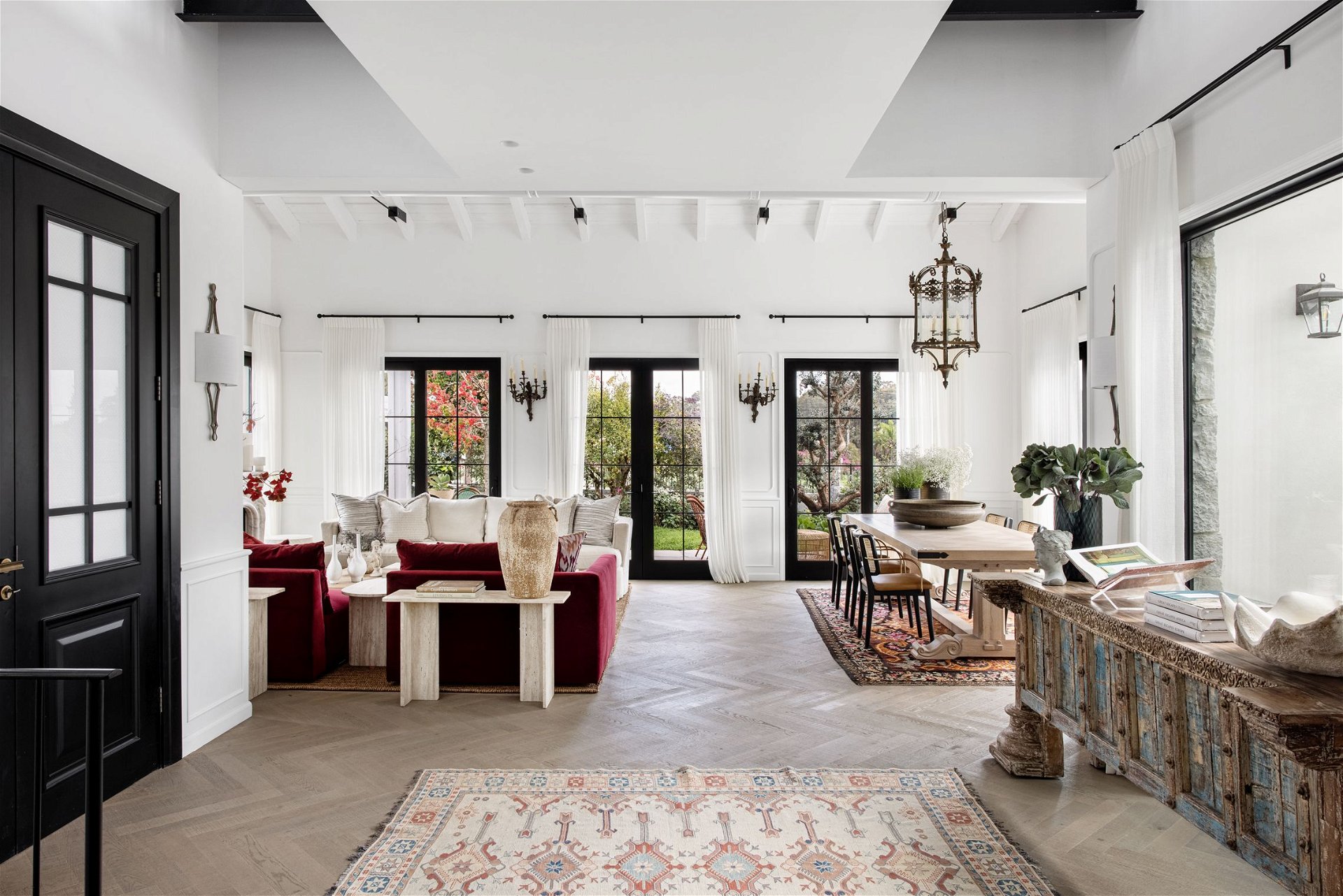
To infuse a sense of history and belongingness, industrial interiors often incorporate vintage or salvaged items such as heirlooms. Items such as old factory equipment, repurposed machinery, signages, photo frames, seatings, and paintings can add character and a touch of nostalgia to the space.
8. Minimalist Approach
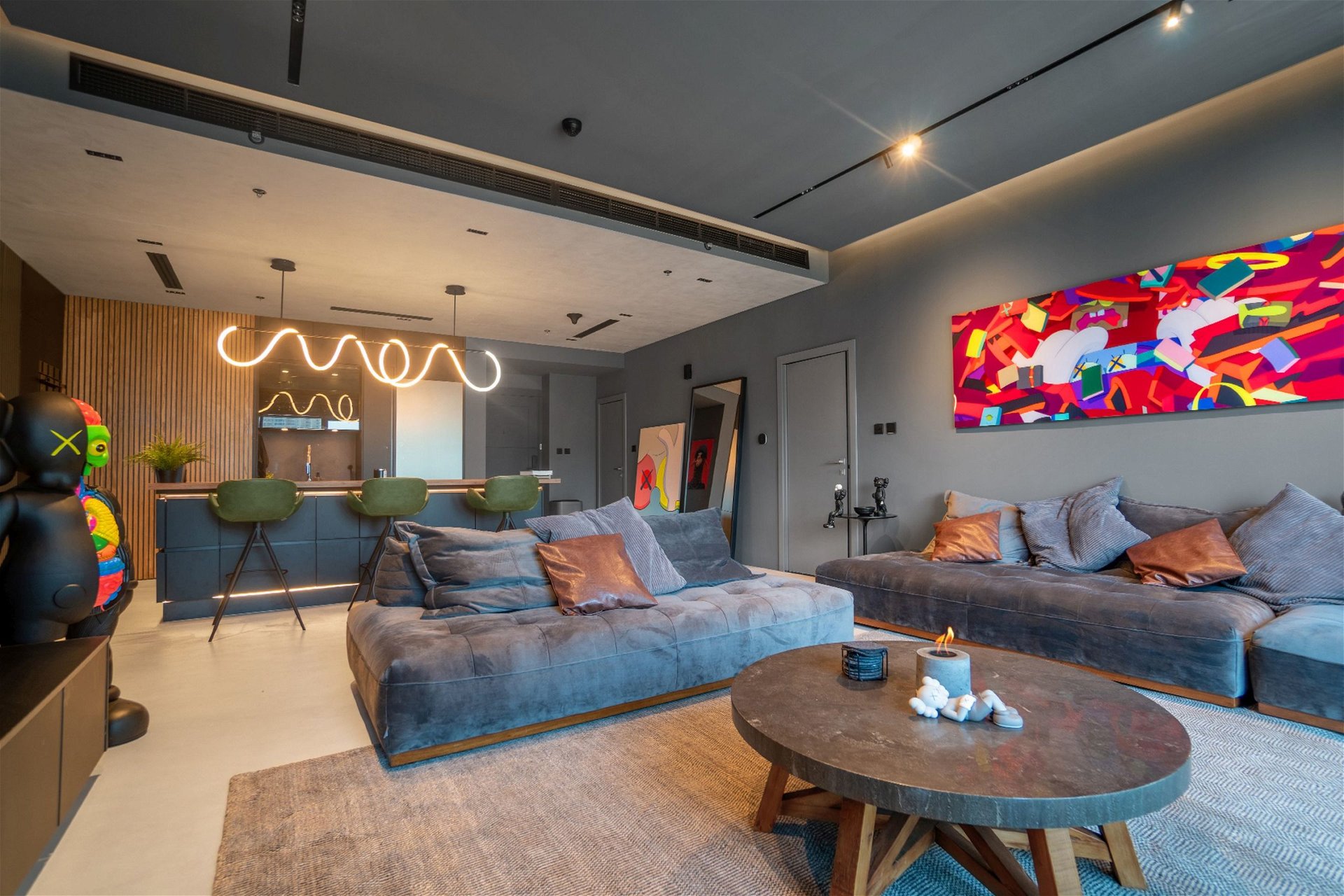
Industrial interior design is a believer in simplicity and well-defined geometry. Decoration is kept to a minimum, allowing the intrinsic beauty of materials and design to shine. This candor creates a sense of calm and clarity in the space, allowing the occupants to feel comfortable and relaxed.
Cues: Tips, Tricks & Stratergies to achieve Industrial Interior Design
Industrial interior design style offers the opportunity to explore a wide canvas of natural textures, materials, and colors. So whether you are redesigning your space from scratch or going for a quick makeover, here are some ideas you can use to embrace the industrial aesthetic.
1. Introduce an Accent Wall
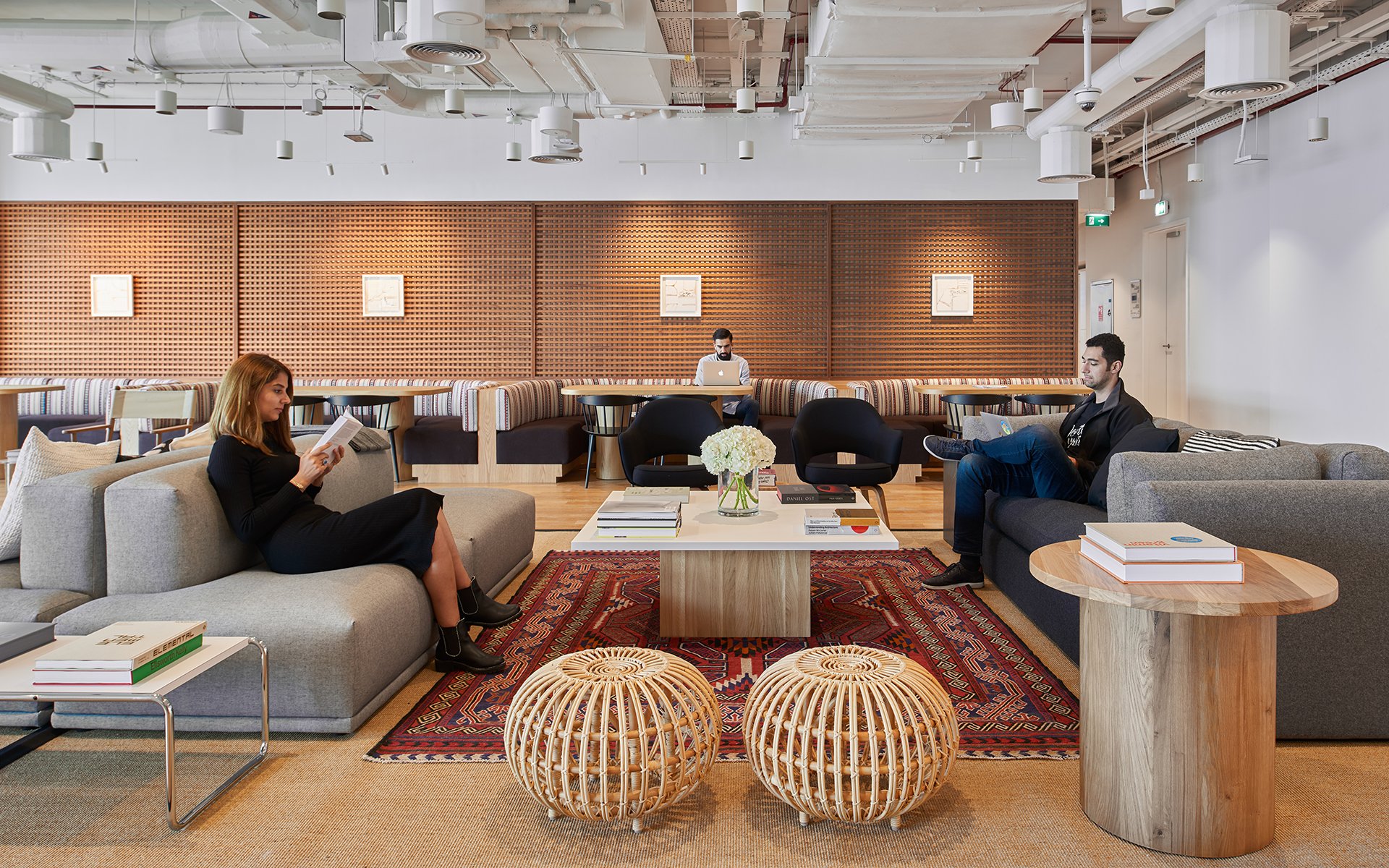
We Work Hub 71, Abu Dhabi by Al Tayer Stocks (ATS) | Photography Credits: Chris Goldstraw Photography
Bring a signature element of industrial design to your space by creating accent walls cladded with rustic and weathered bricks, concrete panels, or wooden planks. You can enhance the character of this accent wall by strategically placing vintage industrial signage, salvaged metal letters, or antique factory gears as art pieces or decor elements.
2. Use Materials for Spatial Demarcation
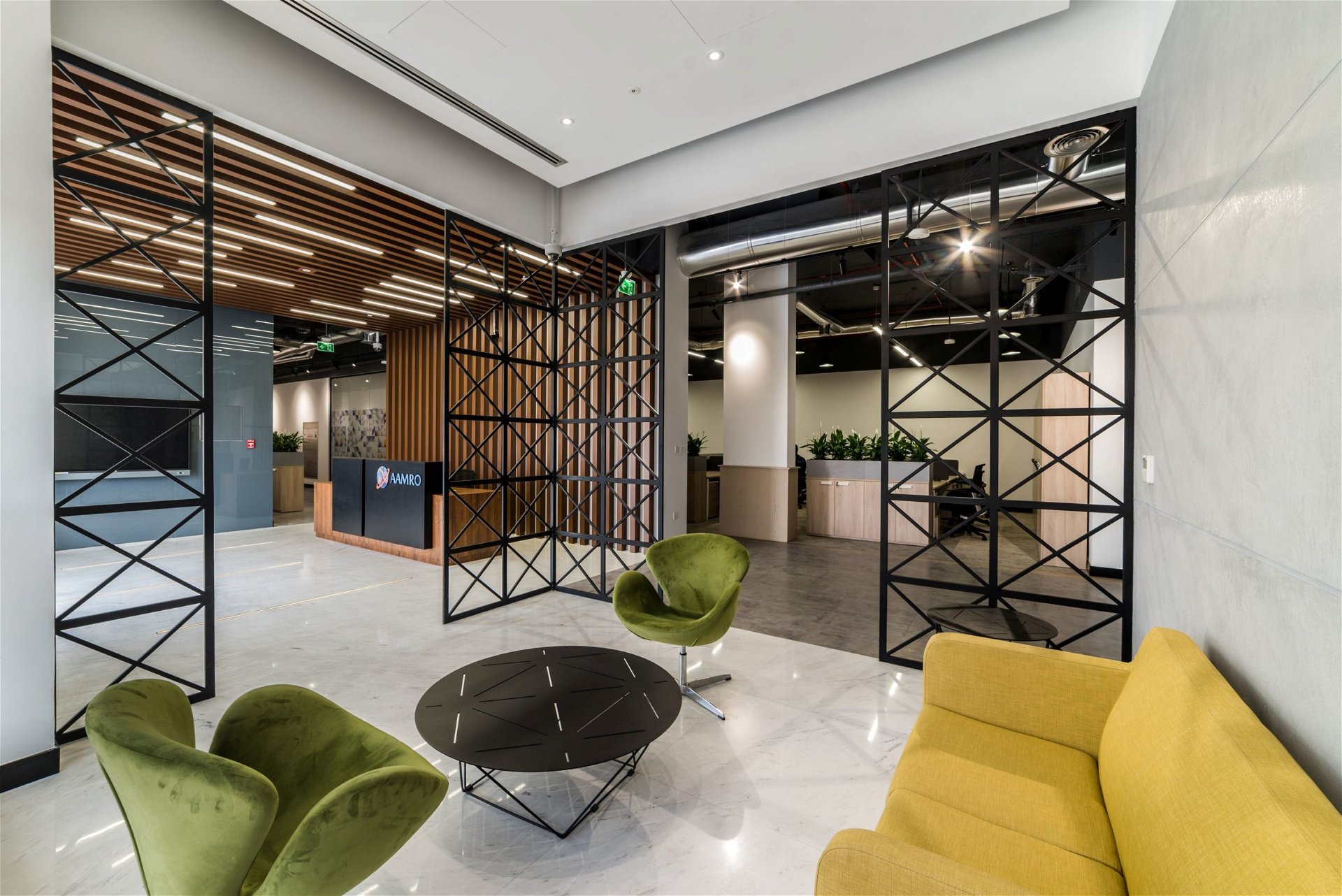
AAMRO Office, Dubai Industrial Park by Spencer Interiors & Contracting LLC | Photography Credits: Spencer Interiors & Contracting LLC
While industrial interiors essentially have open floor layouts, you can create semi-private micro environments in your space to enhance space usage. For instance, a metal-framed partition with glass panels can create a semi-private home office within a larger living area. Polished concrete floors can coexist with hardwood, creating a visual separation between spaces.
3. Inventive Lighting Solutions
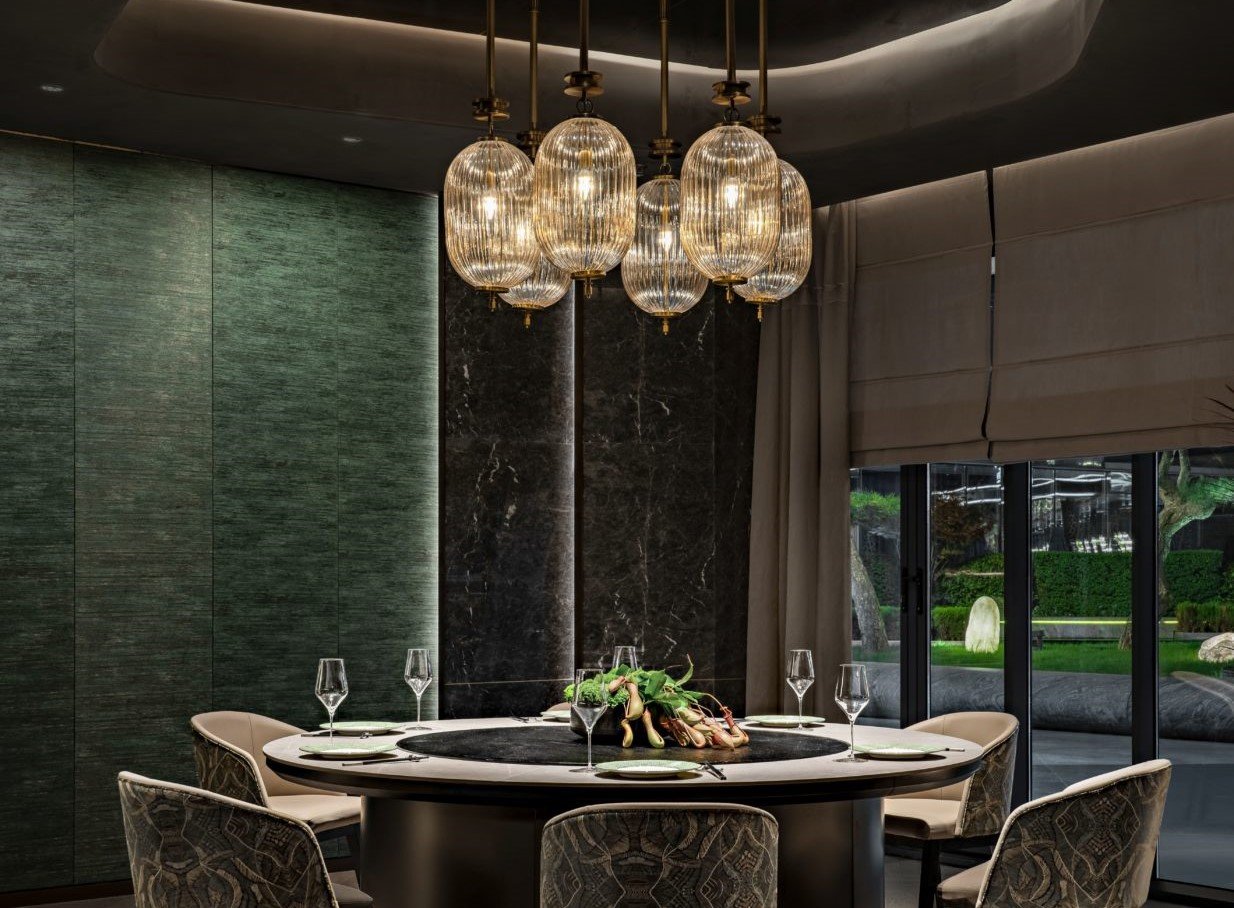
W Hotel, Xi’an by Beijing IN•X Design Company | Photography credits: Zheng Yan
Use lighting to your advantage by thinking beyond conventional fixtures. Create a captivating focal piece by suspending multiple pendant lights at varying heights over your dining table. Alternatively, use an industrial-style track lighting system to spotlight key elements or artworks, adding dimension to your space.
4. Custom Furniture and Decor
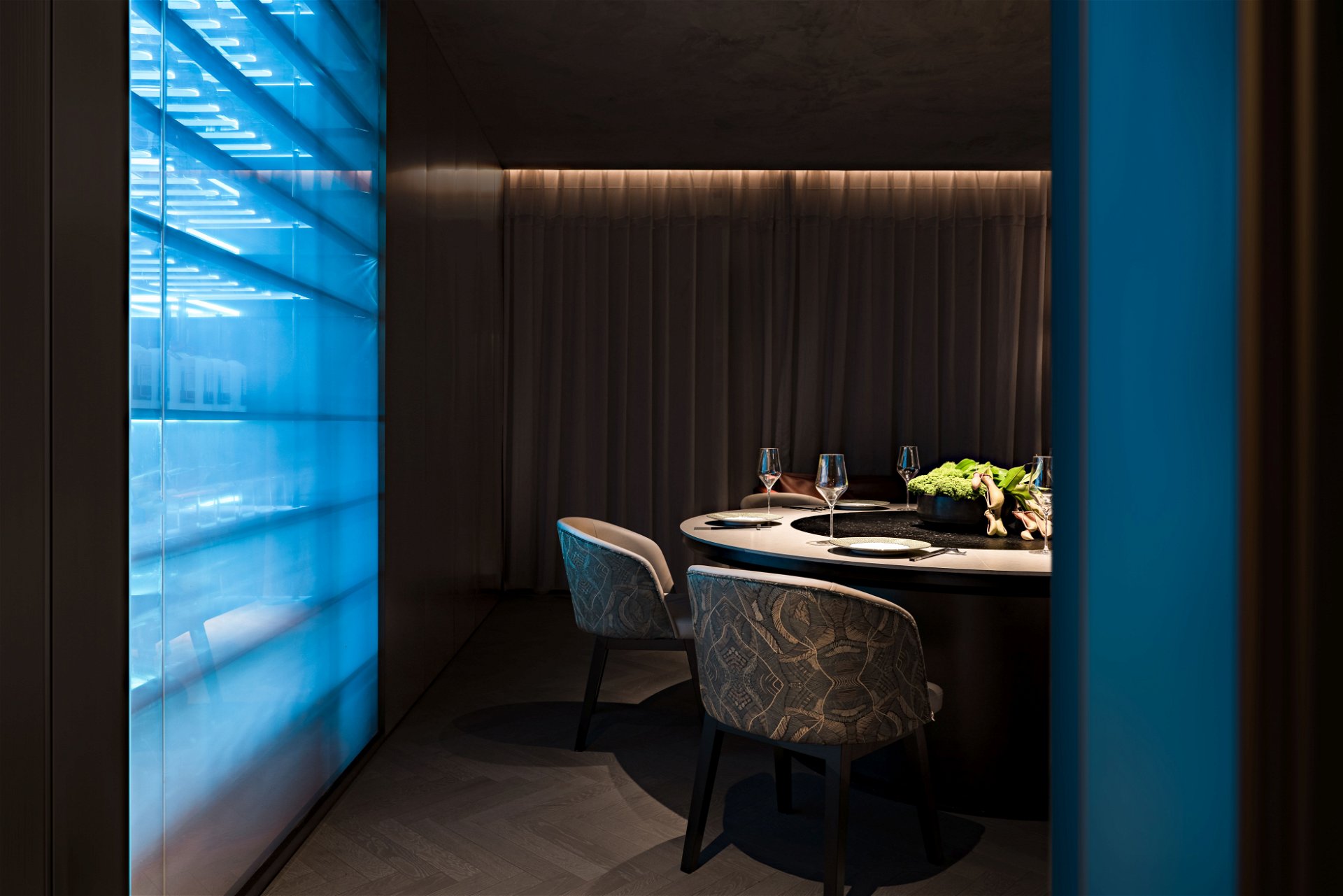
W Hotel, Xi’an by Beijing IN•X Design Company | Photography credits: Zheng Yan
Embrace the opportunity to personalize your space with bespoke furniture and decor pieces. You can reach out to brands who custom-make products for possibly crafting a reclaimed wood dining table or a one-of-a-kind metal shelving unit. These customized pieces can add a sense of uniqueness and craftsmanship to your design.
5. Repurposed Elements for Industrial Interior Design
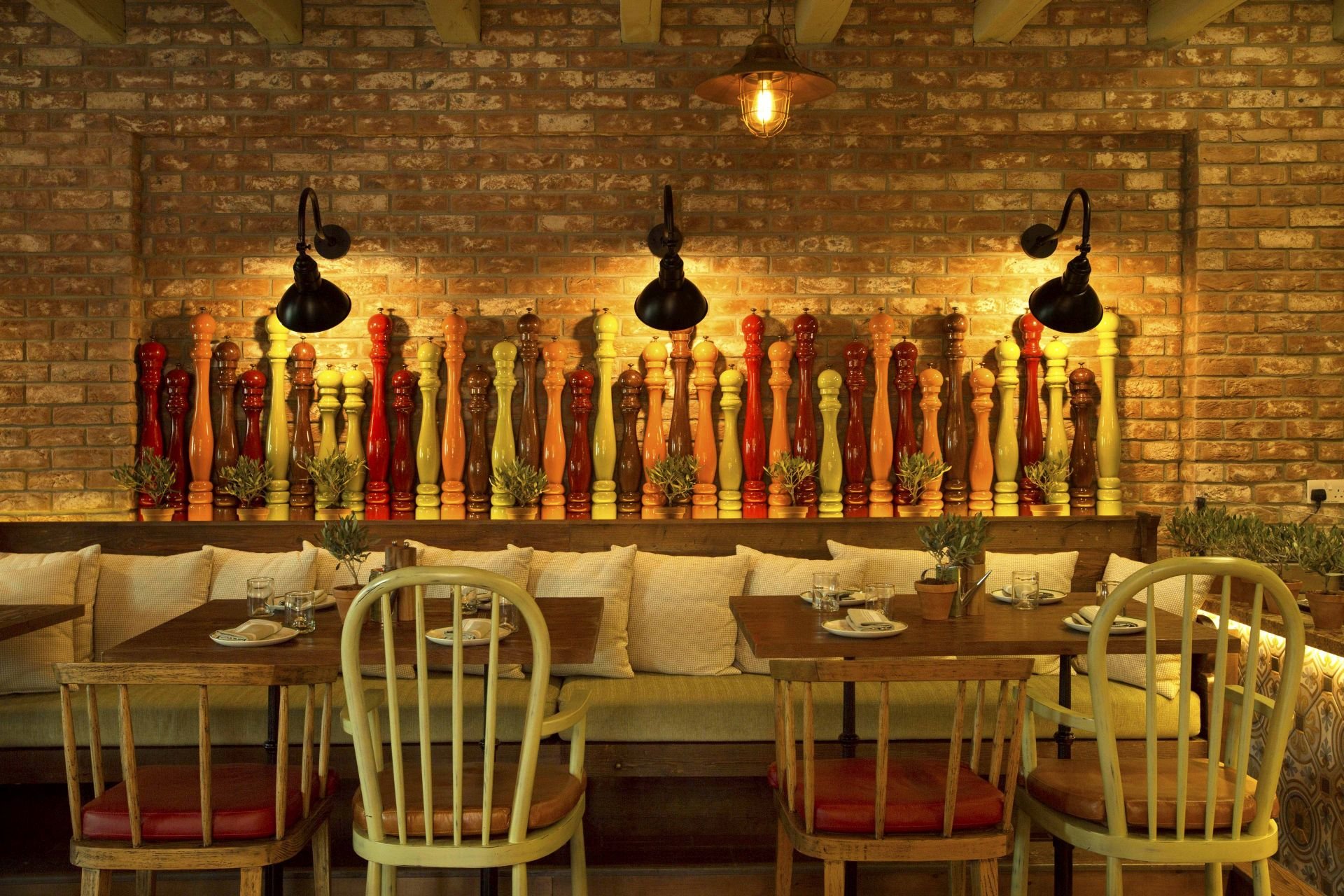
Elevate your industrial design by repurposing elements from the past. Salvaged factory windows can be used as room dividers or antique industrial machinery parts can become sculptural decor pieces with historical significance. Old workbenches featuring sturdy wooden tops and metal bases can be repurposed as kitchen islands, dining tables, or writing desks.
Industrial Interior Design: Beauty in its Purest Form
Industrial interior design lives by the idiom of “it is what it is”. Accepting and appreciating the true form of spatial elements is what makes this design style unique. While some may perceive the industrial aesthetic as cold, it is the embracing of imperfections that makes it a favorite among the masses. So if you are planning to deck up your space the industrial way, stand by the principle of genuinity and you will be able to achieve an aesthetic that’s warm and comforting.

